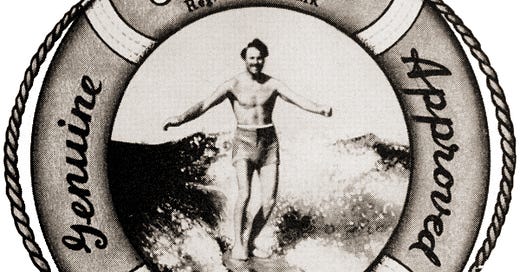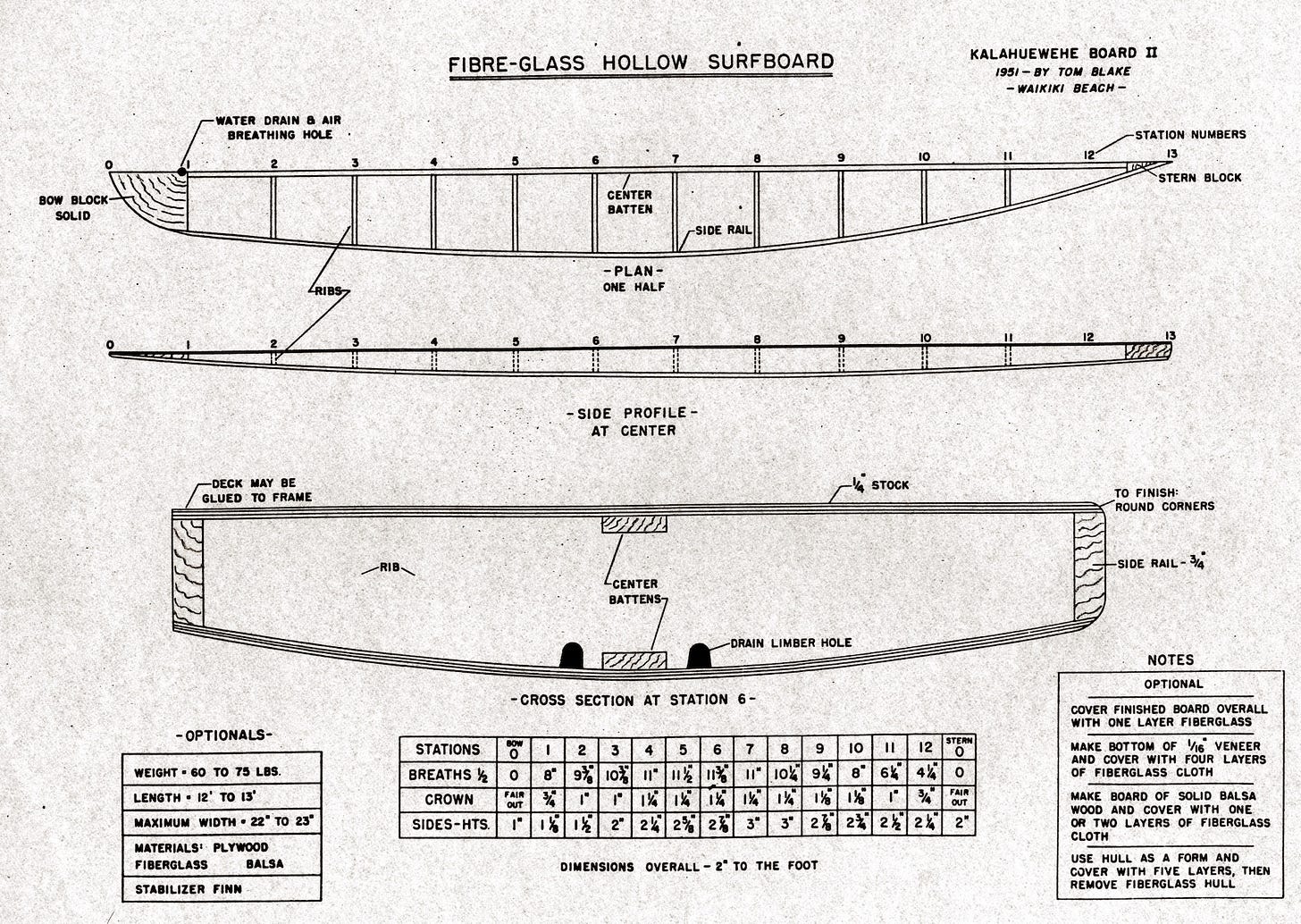Soul Surfing
Let's keep Maui in our hearts and aloha.
During one of my interviews with Australian Wayne Lynch, he said, "I don't see surfing as a sport at all; I see it as a way of life." Wayne told me about his first time in the water on a blowup donut contraption that was supposed to be a surfboard. He related how unusual it was to see anyone else surfing, let alone on a "real" surfboard. Wayne left a profound impression on me - how surfing and the water were a way of life to him, how he drew strength and a deeper understanding of nature from his life of surfing.
Here's why this is important. Surfing was the sport of Hawaiian royalty until colonialism took hold. As life changed for Hawaiians, more locals gained access to surfing. Simple slabs or shaped logs evolved into hollow surfboards. Hollow plywood designs became more sleek.
World War II ended, and large cell foam entered the picture. With foam in the lineup now, women could participate because the weight of the boards had diminished so much.
Large cell foam evolved to small cell foam, and technology continued to improve, bringing us to where we are today. Now, if you live near the ocean, chances are you'll see surfboards and possibly scads of them. The activity that perhaps had two hundred surfers in California in the early 50s has now grown to over fifty million worldwide.
My own journey with the water started when I moved to Santa Monica in 1980. I lived two blocks from the beach and was right by a pedestrian bridge crossing the Pacific Coast Highway. (I found out later that the footbridge location was precisely in front of a swim club where Duke Kahanamoko was a lifeguard in the 20s, not bad). I ran on the beach daily and watched the water and the waves. One day, I was body surfing in an eight-foot storm surf; I shouldn't have been out in it because it was way above my skill level. I got on top of one wave and could see from Point Dume to the South Bay, but then I went over the falls and landed on my neck in twelve inches of water. I broke my shoulder and a few ribs. As I dragged myself out of the water, the lifeguards ran to me and remarked, "We thought we were gonna have to come to get you." I put surfing on the shelf but became drawn to the water, and it's power, healing both my body and soul.
Fast forward to 2013, I was shooting a music video, and the studio had these incredible handmade wooden surfboards hanging in the ceiling.
Game on. I have lived on the Monterey Coast since 1995, and my relationship with the ocean has grown in my soul. I had also experienced the power that the ocean shared with me. It all came together when I started making Addicted to Joy. Through all my interviews with the legends and the greats, a few of these interviews being Paul Strauch Jr., Wayne Lynch, Gerry Lopez, Darrick Doerner, Rene Yater, Kathy Konner (Gidget), Joyce Hoffman, and Kelly Slater, I could see that being a waterman meant far more to these legends than just riding a wave. I could see it was a way of life. And I saw it in people I met along the way. One kid working in a gas station north of Santa Barbara told me at 5 a.m. that he loved his job because it gave him more daylight hours to surf. Even the name of this film came to me when I was snorkeling at Turtle Bay. I was down about fifteen feet, and the name came like a bolt from the sky. I shot to the surface to write it down. I asked Gerry Lopez, as he related one story to me, " Were you stoked to get out on the wave and show everybody what you could do? He chuckled at me and said, “no, that’s not it at all, it was never a competition, I was there to be with the ocean and my friends”; that's a lifestyle to me.






